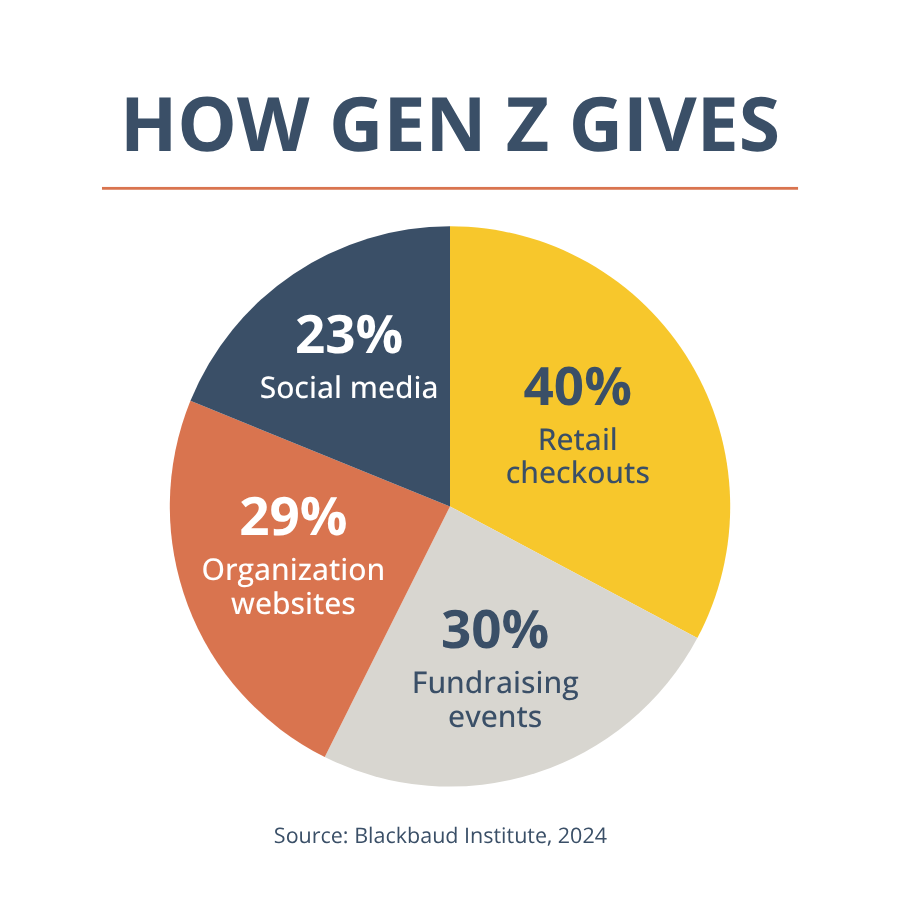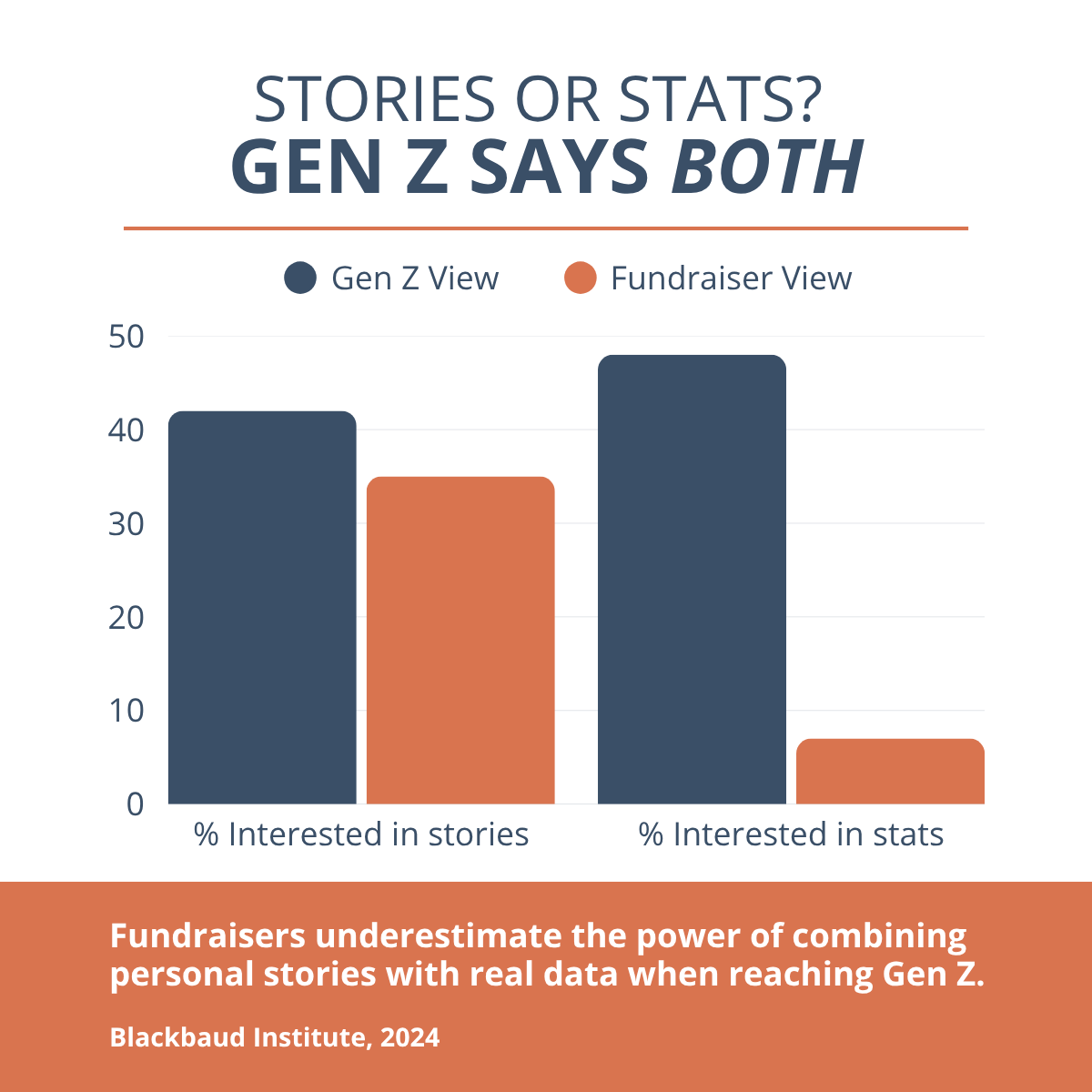Engaging Gen Z Donors: Tailoring Your Messaging for the Next Generation of Philanthropists
By Let It Shine Communications
“They’re not the future of philanthropy—they’re the right-now.”
If your nonprofit is still treating Gen Z like a “next generation” audience, we’ve got news: they’re already here, already giving, and already changing the way philanthropy works.
Gen Z—those born between 1997 and 2012—are coming of age during a time of global disruption, economic instability, and social movements fueled by smartphones and solidarity. And while they may not have the deep pockets of boomers, engaging them now is key to gaining their trust and loyalty.
So how do you capture their attention, earn their trust, and build lasting relationships?
Why Gen Z Matters for Nonprofits
By 2030, Gen Z will make up 30% of the U.S. workforce and already wields over $360 billion in disposable income (McKinsey & Company, 2022). But their impact isn’t just financial—it’s cultural.
According to the Blackbaud Institute’s 2024 report, 84% of Gen Z supports causes in some way, but many aren't doing so through traditional channels. Only 19% of Gen Z donors give directly to nonprofits, preferring mutual aid, peer-to-peer giving, and spontaneous contributions over structured donation appeals.
They’re activists. They’re mutual aid organizers. They’re redefining philanthropy on TikTok. And they’re skeptical of traditional nonprofit structures unless those structures are transparent, accountable, and driven by community needs.
Connecting with Gen Z: What Works Now
Speak to Their Values
Gen Z wants to know the why behind your work. They care about social justice, climate change, equity, and mental health. And they want to hear that directly, in plain, passionate language—not in institutional buzzwords.
Instead of leading with accolades, start with what matters: Who is being helped, how you show up, and why it matters today.
Embrace Mixed Media Storytelling
This generation expects to see stories that balance emotion with evidence. The Blackbaud report shows 42% of Gen Z donors prefer stories, while 48% want data on impact. The sweet spot is offering both: human-centered storytelling paired with transparent stats.
Reimagine What "Support" Looks Like
Gen Z's generosity often looks like promoting your cause online, attending a rally, or participating in a fundraising challenge. If your organization only counts dollars, you're missing the bigger picture. Volunteers, promoters, and peer fundraisers are vital—and often the first step toward long-term donor loyalty.
Create space for these forms of engagement, and honor them publicly.
Reduce Barriers to Action
Convenience and trust drive action. Gen Z prefers donation channels like:
Social media platforms
Event-based fundraising
Retail checkouts or cause marketing
Quick, mobile-friendly websites
They are spontaneous givers (Blackbaud, 2024). Make sure they can act on inspiration without hunting for a donate button or wrestling with clunky forms.
Build Real Relationships
Many nonprofits underestimate how much Gen Z values real connection. According to Blackbaud, 69% say impact reporting motivates them to give more, and 57% appreciate a physical thank-you letter over a digital one.
This generation isn't asking for gimmicks. They're asking for sincerity, visibility, and proof that their contribution mattered.
Final Thoughts: Be Ready, Be Real
Gen Z isn't a marketing problem to solve. They're a movement to join.
So what does that mean for small nonprofits?
It means you:
Center people, not programs
Share stories and stats together
Let values lead every message
Make it easy to act
Keep showing up consistently, even when donations are slow
Don’t just invite Gen Z to the table. Make space for them to help set it.
Sources:
McKinsey & Company. (2022). The Gen Z Equation. https://www.mckinsey.com
Classy. (2023). Why America Gives Report. https://www.classy.org/blog/why-america-gives-report/
Pew Research Center. (2024). Gen Z's Digital Lives and Civic Engagement. https://www.pewresearch.org/internet/2024/01/04/gen-zs-digital-lives-and-civic-engagement/
Blackbaud Institute. (2024). Gen Z at the Table: The Next Generation of American Giving. https://institute.blackbaud.com/resources/gen-z-at-the-table
Nonprofit Tech for Good. (2023). Global Trends in Giving Report. https://www.nptechforgood.com


